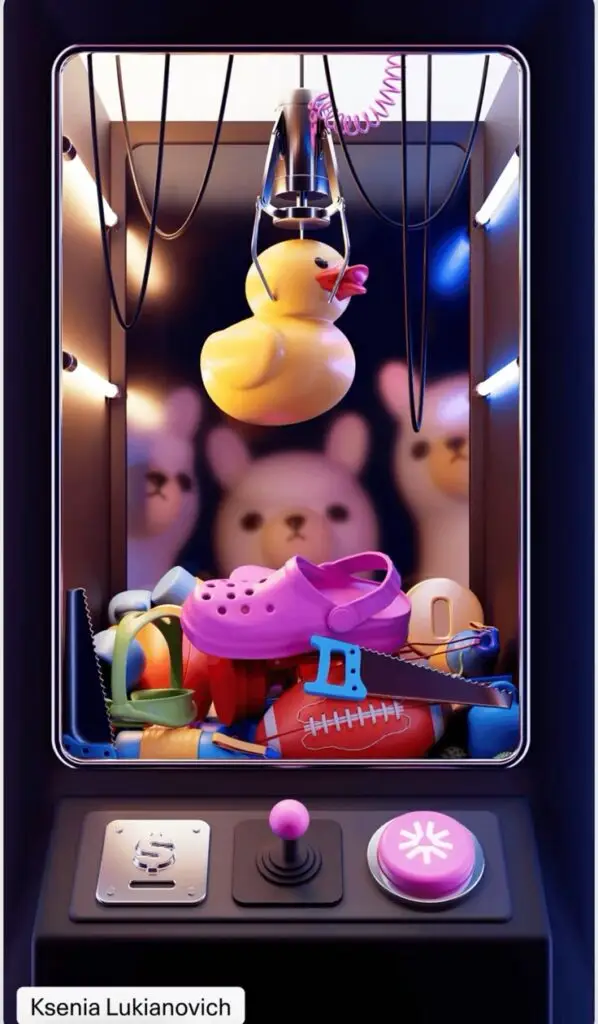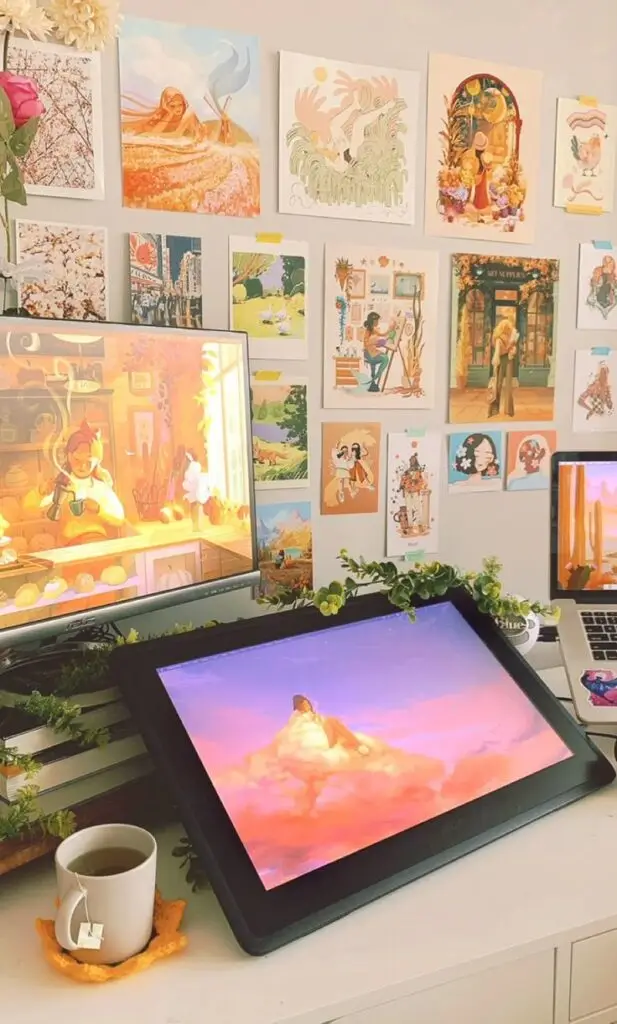Animation and 3D graphics can transform your approach to digital marketing, making your content not only more engaging but also more effective. Utilizing these visual tools enhances storytelling, captures attention, and boosts brand awareness. When implemented strategically, animation and 3D elements create immersive experiences that resonate with your audience, leaving a lasting impression.
By incorporating interactive design features, you can further elevate user engagement and encourage active participation. This engagement is vital in an increasingly competitive digital landscape, as it can lead to higher conversion rates and improved return on investment. Understanding how to leverage these techniques will position your content for success.
To maximize the impact of your marketing efforts, it’s essential to explore various ways to integrate animation and 3D graphics into your strategy. From enhancing your online presence to crafting memorable narratives, these tools can significantly enhance your digital storytelling capabilities.



Key Takeaways
- Animation enhances storytelling to capture audience attention.
- 3D graphics create immersive experiences, boosting engagement.
- Strategic use of visuals improves brand awareness and ROI.
Understanding the Impact of Animation in Digital Marketing
Animation has a significant role in enhancing your digital marketing strategies. It facilitates viewer engagement, strengthens brand identity, and utilizes creative storytelling techniques. By integrating animated content, you can increase the effectiveness of your marketing efforts.
The Power of Animated Videos
Animated videos capture attention more effectively than static content. They combine visuals and audio to communicate messages quickly and engagingly. Studies show that animated content can boost conversion rates significantly.
Benefits of Animated Videos:
- Simplifies complex concepts
- Enhances recall through visuals
- Increases social shares
Your target audience is likely to remember an animated video more than a text-based message. This lasting impression can lead to higher engagement rates and customer loyalty.
Boosting Brand Identity Through Animation Styles
Animation styles contribute to your brand identity by reflecting values and aesthetics. Consistent use of specific animation types, colors, and characters can create a recognizable brand image.
Key Animation Styles:
- 2D Animation: Flat graphics for simplicity.
- 3D Animation: Adds depth and realism.
- Stop Motion: Unique and handcrafted feel.
By aligning your animation style with your brand message, you enhance storytelling. This approach fosters a connection with your audience, which is crucial for brand loyalty and recognition.
Kinetic Typography and Viewer Engagement
Kinetic typography combines movement with text, making your messaging dynamic and visually appealing. This technique not only attracts attention but also enhances comprehension.
Advantages of Kinetic Typography:
- Captivates viewers instantly
- Allows for creative expression
- Facilitates message absorption
Using kinetic typography can elevate your marketing videos. It promotes higher viewer engagement, encouraging sharing and discussion. As a result, this method can significantly amplify your brand’s reach and impact.



Integrating 3D Graphics for Immersive User Experience
3D graphics enhance user engagement by creating rich, interactive experiences. Incorporating these elements helps you capture attention and convey information effectively. Explore how to implement immersive experiences through augmented and virtual reality, effective 3D models, and web technologies.
Immersive Experiences with Augmented and Virtual Reality
Augmented Reality (AR) and Virtual Reality (VR) offer unique ways to engage users. With AR, you can overlay digital information onto the real world, enhancing the user interface. This integration allows your audience to interact with 3D models in a contextual environment.
In VR, users are fully immersed in a digital landscape. Using headsets, they experience environments that simulate reality, making their interaction more engaging. Consider platforms like Unity and Unreal Engine to create these experiences, as they provide powerful tools for building immersive 3D environments.
Effective Use of 3D Models and Visualizations
Utilizing 3D models effectively can significantly improve user experience. High-quality visualizations help convey complex information in a digestible format. You can use models to demonstrate products, processes, or ideas.
Ensure your 3D models are intuitive and easy to manipulate. Users should be able to rotate, zoom, and interact with them seamlessly. Tools like Blender and SketchUp facilitate the creative process, enabling you to produce compelling 3D representations that enhance understanding.
Leveraging WebGL and Interactive Web Technologies
WebGL enables the integration of 3D graphics within web environments. This technology allows you to create dynamic, interactive elements that users can manipulate directly in their browsers. By using WebGL, you can offer a lightweight, responsive interface that attracts users.
Incorporating libraries such as Three.js simplifies the process of creating engaging visuals. These frameworks enable advanced rendering techniques to display realistic graphics. By using interactive elements, you can enhance navigational aspects, guiding users through the experience effectively.



Augmenting User Engagement Through Interactive Design
Interactive design plays a crucial role in elevating user engagement. By integrating dynamic visuals and responsive elements, you can create a more immersive experience that captivates your audience.
Incorporating Micro-Interactions in UI/UX Design
Micro-interactions are subtle animations that provide feedback to user actions. These small animations can drastically enhance the user experience by adding a layer of engagement without overwhelming the user.
Examples include button animations, loading indicators, and hover effects. Each interaction should serve a purpose, guiding users through actions such as form submissions or navigation.
Incorporating micro-interactions can increase user satisfaction and make your interface feel more responsive. Aim for consistency in these elements to reinforce your brand identity.
Enhancing Conversions with Dynamic Visuals
Dynamic visuals, such as animated graphics or video backgrounds, can significantly impact conversions. These attention-grabbing elements create an engaging atmosphere that draws users in.
Consider using animations that illustrate how a product works or designs that highlight features. Effective use of color and movement can direct users’ focus to key areas, increasing the likelihood of desired actions.
Additionally, ensure that these visuals are optimized for speed. Slow-loading graphics can frustrate users and lead to higher bounce rates, negatively affecting conversions.
Interactive Elements in Website and Advertising
Incorporating interactive elements in your website and advertising can boost user engagement and brand differentiation. Elements such as quizzes, polls, and interactive infographics encourage users to actively participate.
These features not only engage users but also provide valuable data for your marketing strategies. Tailoring content based on user interaction can enhance personalization, fostering a deeper connection with your audience.
Consider using sliders and clickable images in your advertisements to create an engaging experience. This approach can lead to increased brand recall and customer loyalty through memorable interactions.



Maximizing ROI with Strategic Animation Use
Utilizing animation effectively can significantly enhance your return on investment (ROI) by boosting engagement across different platforms. This can be achieved through targeted explainer videos, educational content, and strategic employee training programs.
Creating Compelling Explainer and Promotional Videos
Explainer video are powerful tools to simplify complex ideas. They can help your audience grasp your message quickly. Aim for videos that are concise, engaging, and visually appealing.
- Focus on Clarity: Use straightforward language and compelling visuals. Aim to communicate your value proposition clearly.
- Keep it Short: Target a duration of 60-90 seconds to maintain viewer attention.
- Strong Call to Action (CTA): Encourage viewers to take the next step, whether it’s signing up for a newsletter or making a purchase.
Investing in high-quality promotional videos can elevate brand recognition and drive engagement.
Animation for Effective Employee Training and Education
Animation in employee training can enhance retention and understanding. Educational videos should focus on key concepts rather than overwhelming details.
- Interactive Elements: Incorporate quizzes or assessments that allow for immediate feedback.
- Real-Life Scenarios: Use animations to simulate workplace situations, making learning relevant and practical.
- Flexible Learning: Employees can engage with material at their own pace, increasing overall comprehension.
This approach can lead to more competent employees and ultimately better company performance.
Tracking Engagement and Tweaking for Better Outcomes
Monitoring the performance of your animated content is crucial for maximizing ROI. Use analytics tools to gauge audience engagement and adjust strategies accordingly.
Key Metrics to Track:
- Engagement rates
- Viewer retention time
- Click-through rates (CTRs) on CTAs
Iterative Improvements: Regularly refine your videos based on analytics insights. Making small adjustments can lead to considerable increases in engagement and ROI.
By focusing on these areas, you can ensure your animation strategies are effective and aligned with your overall marketing goals.
- 125shares
- Facebook0
- Pinterest125
- Twitter0


